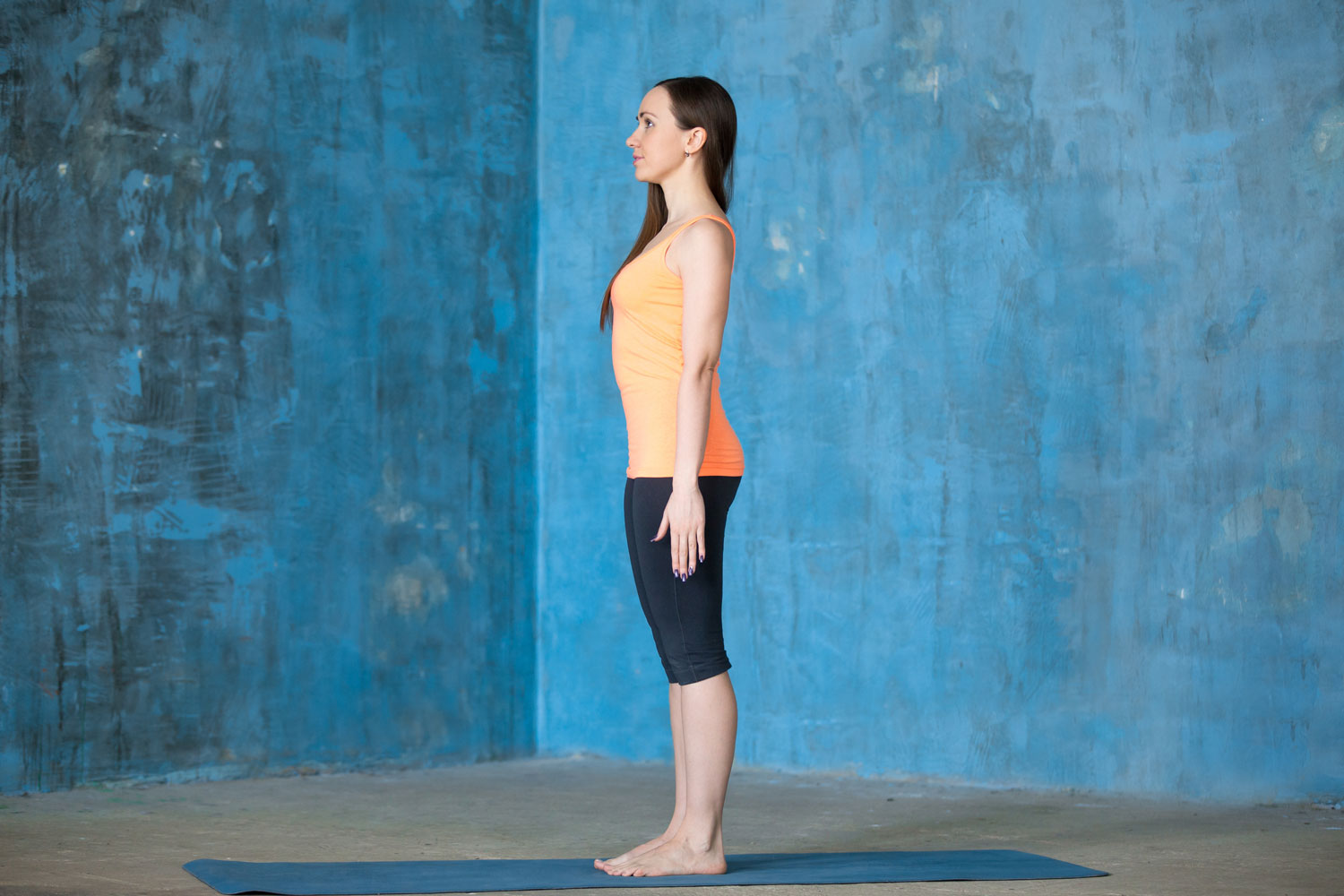Posture is a necessity that carries one’s personality and how one feels about others or him or herself. Good posture is practical for several reasons – like preventing aches, standing, sitting, or walking straight and erect, and being flexible. Poor posture then again wears against the discs – the shock absorbers in your spine. Poor posture strains and loosens ligaments and pushes and pulls unevenly on all your muscles.
Slouching a lot, can in fact cause chronic fatigue, headaches, and sometimes even body disfigurement. Don’t let it happen to you. Here’s how to correct your posture with these 11 tips.
Morning Balance Routine
Start each day with a dedicated focus on spinal alignment to gradually enhance your posture. This involves a series of basic stretches aimed at finding equilibrium in your body’s weight distribution. One such exercise entails standing with slightly bent knees while clasping your hands in front.
Side Flexion
Another crucial aspect of improving posture involves side flexion exercises. Stand upright and gently lean to the right, aiming to bring your ear closer to your shoulder. Follow through with a slight bend towards your hip. Return to a standing position and repeat the exercise on the opposite side. Be sure to conclude this routine with a full extension of the spine for optimal results.
Spinal Rotation
To enhance posture, incorporate spinal rotation exercises into your routine. Begin by slowly turning your head to look over your right shoulder, striving for maximum rotation. Then, bring your head back to the center position. Repeat this motion on the left side before returning to the center. Follow up with a full extension of the spine to complete the exercise.
Forward Spinal Flexion
This exercise focuses on forward spinal flexion, which is crucial for posture improvement. Stand upright and gently curl your back forward, allowing your head and arms to descend towards the floor. Concentrate on curving and elongating your spine throughout the motion. Wrap up the routine with a full extension of the spine for comprehensive benefits.
Hyperextension of the Spine
For a well-rounded posture-enhancing routine, incorporate hyperextension exercises for the spine. Whether sitting or standing, gently lean backward while placing your hands on your hips. Ensure that your pelvis is tucked under properly. Conclude the routine with a full extension of the spine to reap the full benefits.
Mirror Check for Posture
To monitor your progress in posture improvement, utilize a full-length mirror. Avoid an overly rigid military posture, and instead, aim for a balanced stance. Distribute your weight evenly on both feet, keeping your shoulders level and your chest held high. Tilt your lower pelvis slightly back to allow for a natural pull of the stomach inwards. Observe that your buttocks are tucked under, and the small of your back maintains a slight arch. You’ll know you’re on the right track when you can draw an imaginary straight line from just behind your ear through your shoulder, hip, knee, and ankle.
Release Shoulder and Neck Tension
Counteract the effects of a forward-leaning posture with specific exercises to release tension in your shoulders and neck. Start by ensuring your shoulders are level and square. Roll them forward in a motion akin to paddling a boat, repeating this movement 10 to 15 times. Then, roll them backward. Following this, maintain a lifted head and rotate it clockwise. Repeat this rotation six to eight times before switching to a counter-clockwise motion.
Curve Test
Assess the curvature of your back to determine its alignment. Stand with your back and buttocks against a wall, attempting to slide your hand between your waist and the wall. If you can’t achieve this or if it feels tight, it may indicate a posture issue, either flat back or lordosis. Adjustments may be needed accordingly.
Pelvic Tilt Exercises
An effective method for adjusting and strengthening the curve in your back involves pelvic tilt exercises. There are three variations you can try. First, lie on your back with your knees at a 45-degree angle and feet flat on the floor. Place your hand in the small of your back. Then, contract your abdominal muscles to flatten your back against your hand, pushing your hips downward. This exercise should be repeated a few times, twice a day.
Seated Pelvic Tilt
While seated with your thighs parallel to the floor, place one hand on your lower back and the other in front of your abdomen just above the pubic bones. Inhale, then exhale while pulling in your abdominal muscles. Roll your lower back down, allowing your hips to roll backward and your pubic bone to lift towards the ceiling. Breathe out and repeat this exercise occasionally throughout the day if you spend prolonged periods sitting.
Foot-Elevated Pelvic Tilt
While testing the curve in your back, place one foot on a chair seat in front of you. This will naturally tilt your pelvis up, straightening your back and bringing it closer to the wall than when both feet were on the ground. This exercise further aids in adjusting and strengthening the curve in your back for improved posture.
Incorporate these exercises into your morning routine and embark on a journey toward better posture and overall well-being!












